KERA PRESENTS: HYPER STYLE A GO GO
(Saturday 2nd/ Sunday 3rd October, HYPER JAPAN main stage)
A world exclusive! Japan’s hottest street fashion magazine, KERA, is coming to the UK to present an outrageous and unique collection of Tokyo street style, including top brands Innocent World, SEXPOT ReVeNGe and Angelic Pretty, and we are looking for models to take part in the show. Models will get to keep their outfits and we will be welcoming a special kawaii fashion guest too!
HYPER JAPAN UK COSPLAY AWARD
(Saturday 1st October, HYPER JAPAN main stage)
A brand new, top-level cosplay competition with a trip of a lifetime for the winners! The team of two will win return flights to Tokyo and five nights in a four star hotel. Entry opens Wednesday 1st September for the Award and two other brilliant cosplay events – the Grand International Cosplay Ball Talent Search on Sunday 2nd October and the all ages and levels COSParade, held on Saturday and Sunday before the main cosplay events.
JAPANESE FOOD & DRINK COURT
For the past ten years, EAT-JAPAN has been dedicated to showcasing the very best of Japan’s food and drink to the UK. Now, HYPER JAPAN LONDON 2010 will continue that tradition: its food & drink court will present dishes from top Japanese restaurants, from classic sushi to Japanese-style curry. A great way to try a variety of popular and authentic street food. Wash it down with a selection of Japanese soft drinks and a choice selection of sake (rice wine). Home cooks can stock up on essential Japanese ingredients, too. Cooking and sake demonstrations and seminars also scheduled.
Other event highlights include: exclusive Evangelion store, Milky Holmes animation voice artists as presented by Bushiroad, Japanese cuisine demonstrations, an introduction to sake and shochu, a manga drawing seminar, as well as the chance to try on authentic kimono, splurge on a variety of Japanese items on sale, including regional sake, traditional sweets, organic ingredients, stationary, clothing, gifts, green tea and artisan crafts.
Further details on stage entertainment, demonstrations and seminars will be made available on the website. Users can also sign up for a regular e-newsletter service, follow us on Twitter, join us on Facebook, and follow the antics of our crack team of otaku at our community site, Otaku Village.
Day tickets are on sale now via the Hyper Japan website, currently available for just £5 until the end of August (normal price £8). Kids under five go free. Tickets are limited so visitors are encouraged to buy in advance.















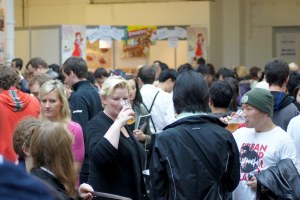
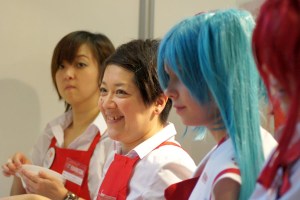


 On Friday the 9th of July 2010 and the following day-Saturday the 10th- TASTE THE EAST LONDON FESTIVAL 2010 took place at Potters Fields Park in London with the dramatic back drop of Tower Bridge’
On Friday the 9th of July 2010 and the following day-Saturday the 10th- TASTE THE EAST LONDON FESTIVAL 2010 took place at Potters Fields Park in London with the dramatic back drop of Tower Bridge’








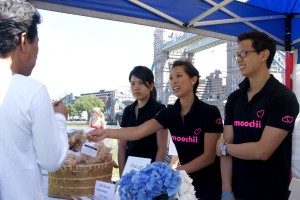

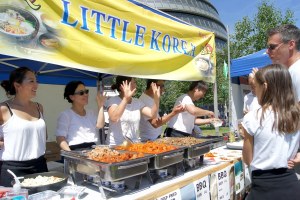






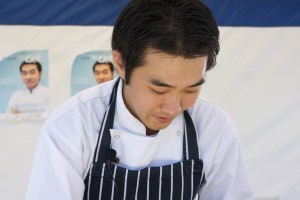
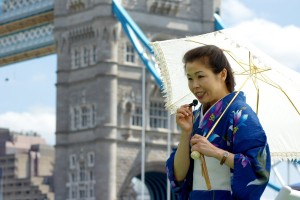


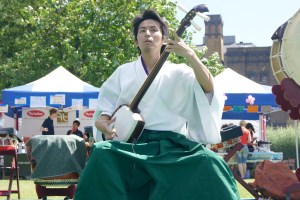

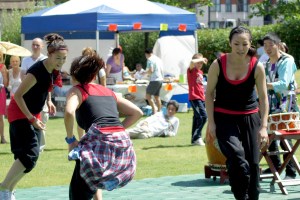














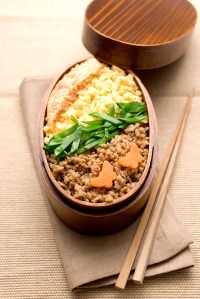



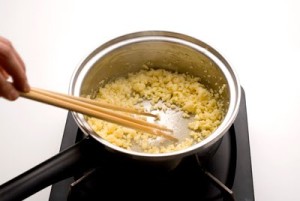

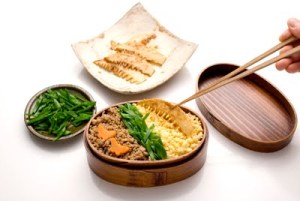
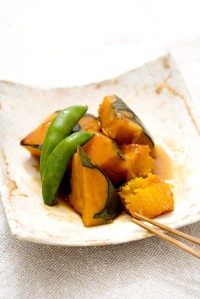
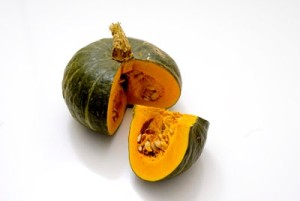
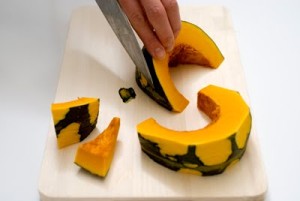
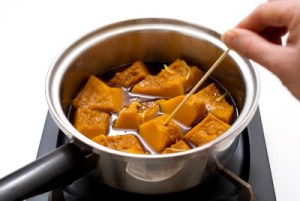
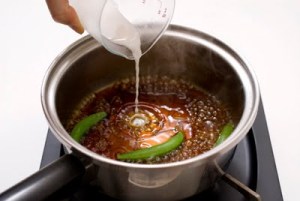


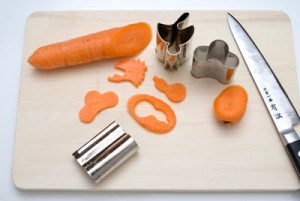

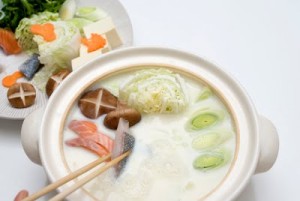
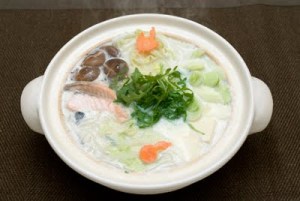
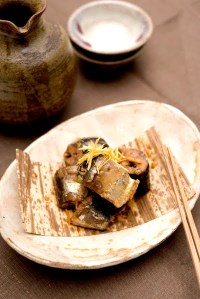

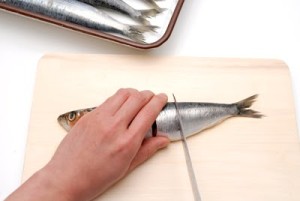


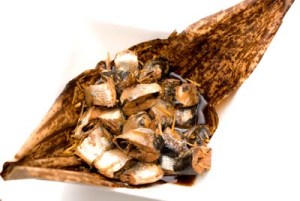


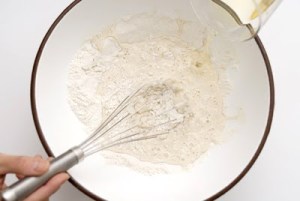
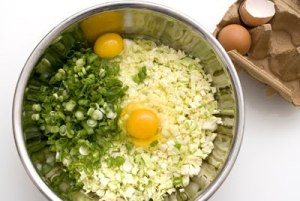



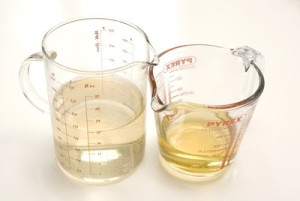

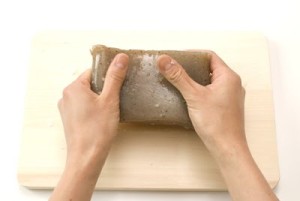

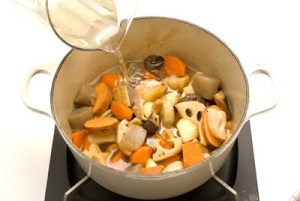


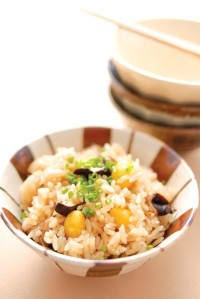
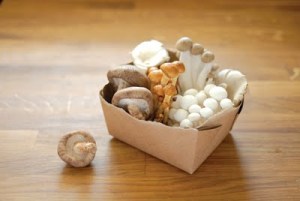
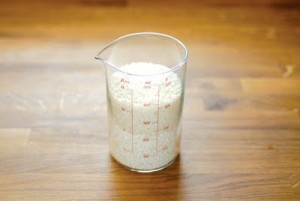 * Method:
* Method:







